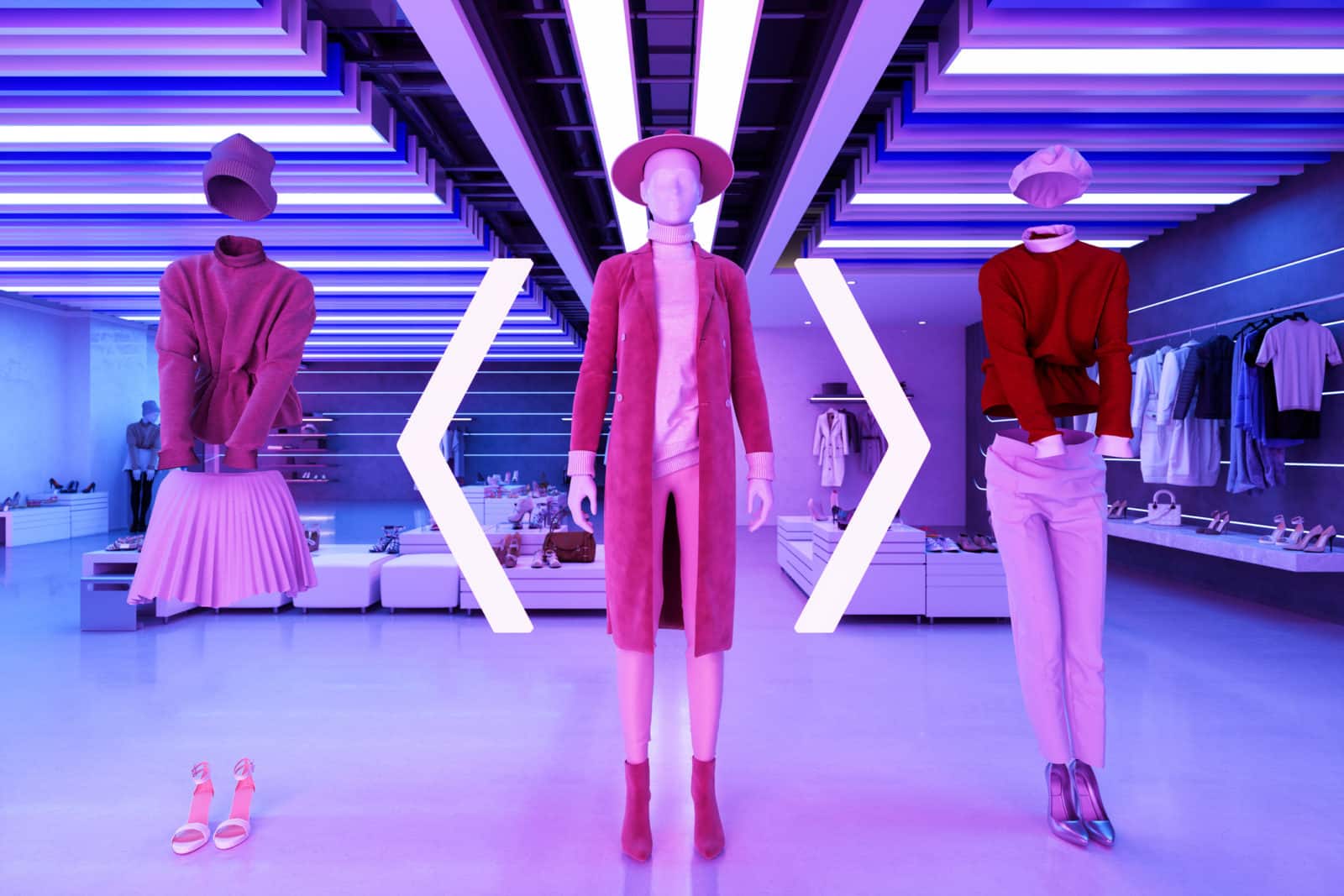Events are essential to the fashion, luxury, and beauty industries, whether your goal is to drive brand awareness, generate high Media Impact Value™, or boost sales for your brand. Fashion Week and major events, in general, are a considerable moment in the fashion calendar to leverage events in general and therefore leverage your brand.
It, of course, comes as no surprise that events, event Management and the fashion landscape have significantly shifted in the past two years following the pandemic. We’ve seen the pause of physical events with the rise of phy-gital events without forgetting the climb of digital events. During the presentation of the Autumn/Winter 2022 Collections, Tom Ford canceled his show and instead released images of his collection digitally at a later date, while the same goes for Armani Privé who canceled his Haute Couture Show that was meant to happen in January in Paris.
The unreliability around the future of fashion shows remains as the fashion industry and brands try to understand how to weigh efficiently, both their physical and digital presence, while captivating the respective eye’s audience in all formats. Adapting to this new trend raised several challenges for the industry as brands endeavored to showcase their latest collection worldwide while maintaining the exclusive feel for industry insiders. With this in mind, the integration of both physical and digital aspects is more important than ever when it comes to engaging both your B2B and B2C audiences. In this article, we’ll show you how to digitize your events without losing the luxury feel while highlighting key tactics when it comes to creating a successful phygital event experience.
In this article you’ll learn…
Boost Industry Relations through Digital Event Management Tools
While event management tools were already rising above the clouds, they became crucial to stay relevant in the industry. As previously explained, a new way of distributing events today has emerged through digital tools, better known under Digital Event Management Software. Adapting to this approach, will help bring your brand experiences to life while maximizing exposure.
In 2022, when it comes to maintaining a high standard of brand experience, personalization is key. With the help of a Digital Event Software, with the click of a button, you can manage your guest list to create personalized RSVP invitations in seconds, create flexible seating charts based on invitee preferences and history for future events, as well as send a customized welcome email upon arrival with RFID for seamless check-in experience. All while putting the comfort and exclusive experience of your guest in the first place.
Furthermore, during a webinar with Jessie Nichols, the Director of Special Events at Vogue US, and Tatiana Ferreira, our Chief Customer Officer at Launchmetrics, we learned all about the importance of relationships as well as many insights into how to plan for major fashion events such as the MET Gala both online and offline.

Reinvent Phygital Experiences
As the word speaks for itself, Phygital Events are the meeting point between physical and digital and will increasingly be present in the industry as we move forward in the Metaverse. With this in mind, one of the key elements of a successful Phygital Events is not trying to recreate the real into the virtual - these are two different worlds that are here to complement each other but not against one another. In fact, some brands adapted to this new trend quite successfully by coming up with exciting ways of sharing content, while many are still faced with the challenge of making their virtual collections come to life without having the physical reality.
To illustrate this, we are looking back to our joint report in partnership with YouTube. For his SS21 collection, JW Anderson presented the collection in an interactive approach under the ‘show-in-a-box’. The box included paper silhouettes of the collection. As the recipients of the box played with the cut-out garments inside, they simultaneously tuned into a YouTube video of Jonathan Anderson walking them through the collection and each element of the box, giving context in a digital setup to the physical element received; merging successfully both worlds and creating a memorable brand experience.
Leverage your Event Beforehand
A key factor to creating a successful digital event is to build up momentum prior. A great way of doing so is, once again, is merging the physical elements with digital resources. For instance, sending an original physical and personalized invitation to your guests, such as Balenciaga who sent a physical old iphone with the show details and name of the guest engraved in the back, will not only gratify them but will also intuitively trigger their willingness to post about the event on social media. As a result, the promotion of the event will be in front of millions of viewers, creating a snowball effect but most importantly creating buzz around the event.
Social media is an excellent and easy-access way to reach a much bigger audience. Thus, in the digital world there is a sense of inclusivity that will benefit not only your event but also your brand in the long term.
As a result, the key to creating a successful digital event is at the forefront of phygital experiences, merging personalization with inclusivity and interactive processes. From there, your event will gain significant leverage whether at an exclusive or global scale, reaching therefore an uncountable audience.
To hear top insights from more key industry leaders, watch the on-demand sessions from our #Performance2022 virtual summit by clicking the banner below!

